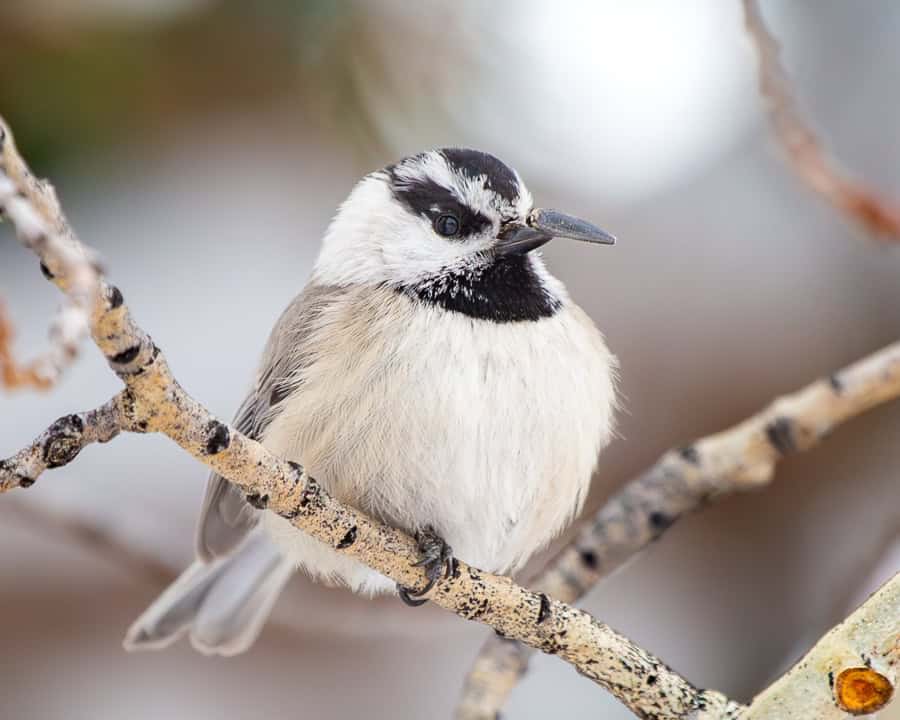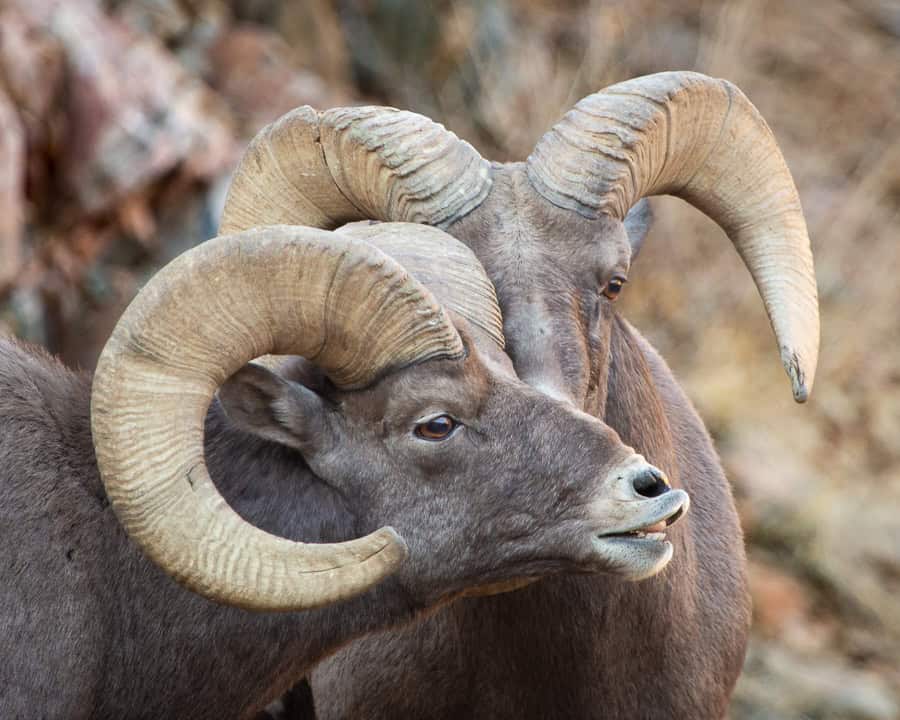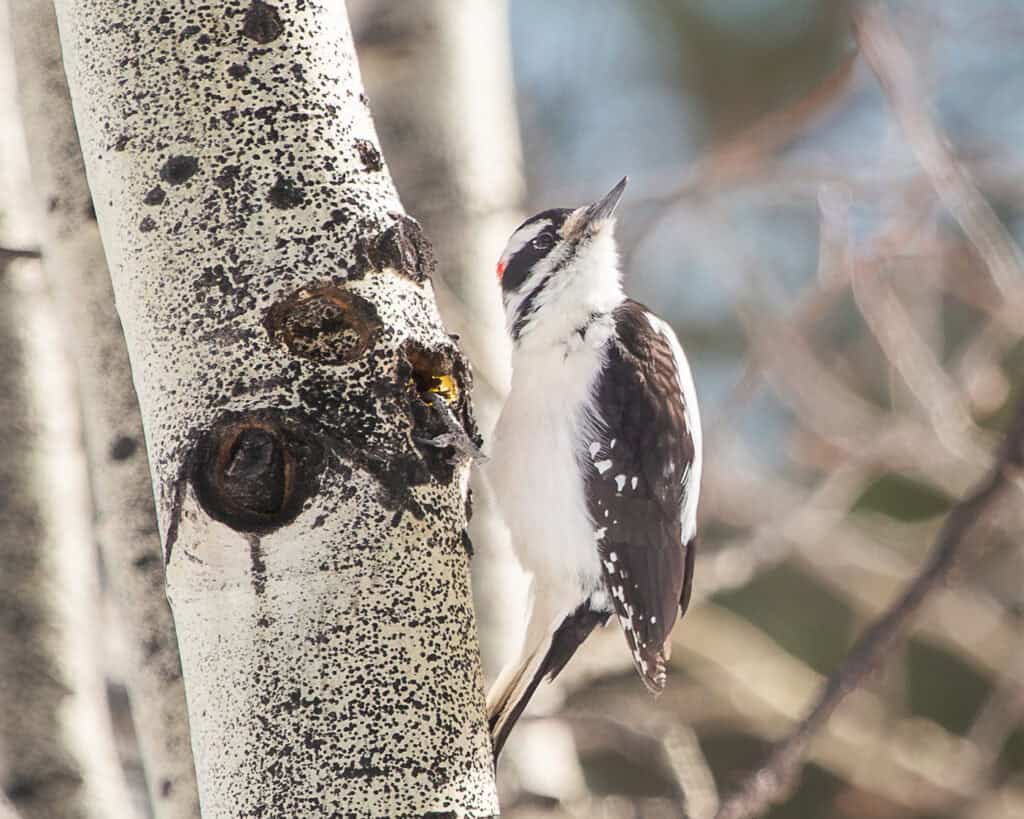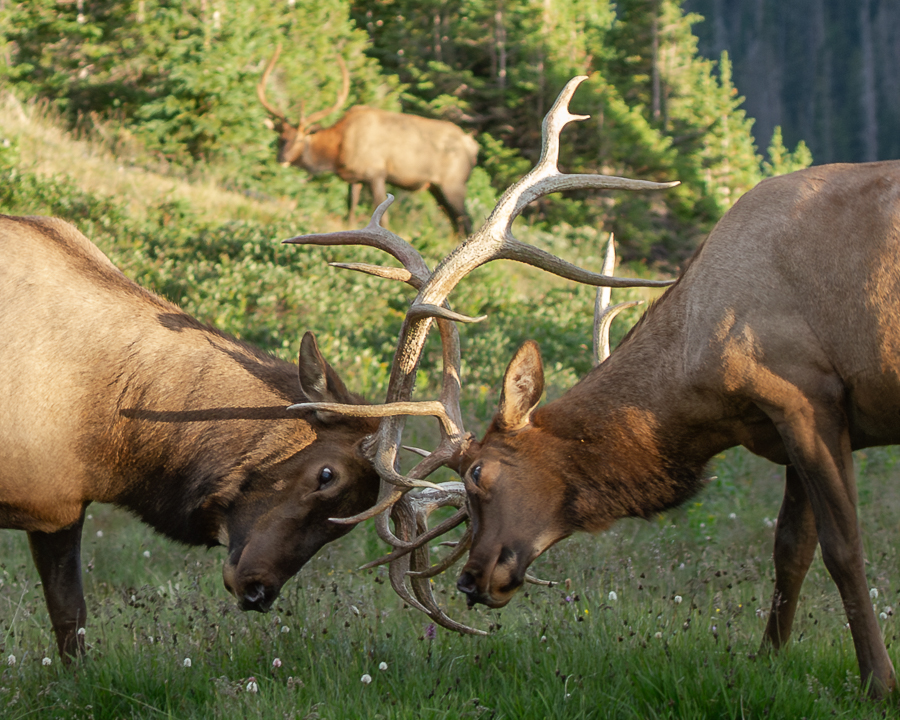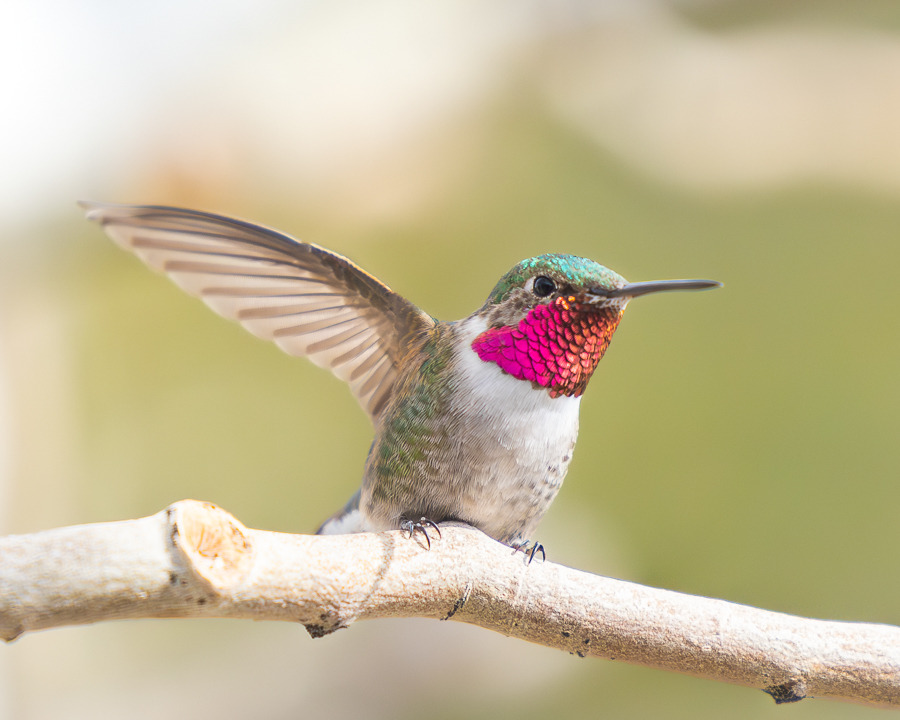A recent morning of observing a few juvenile bald eagles at play has had me enjoying a bit of research that I decided would make for a great share of information for this week’s Life in Nature article. I have been diving a little into the physiology and anatomy of not only the iconic raptors, but many members of the bird community and even their mammalian neighbors, bats.

Eagles are well known for their behavior of locking talons together during flight and sometimes entering what has been called a “death spiral”. This is commonly attributed to courtship, but is also found in territorial disputes, generally among males. The two birds will fly either side-by-side or come at one another from either above or below, and as they whirl to face each other, they will grasp one another’s talons. In territorial disputes the pair will vie for dominance by way of each of them trying to be the “top bird”, attempting to maneuver above the other in mid-air while maintaining their grip on their opponent.
This act of seemingly somersaulting through the air as the pair battles for dominance can lead to an actual fall from the sky. While rare, this plummet to the earth can also be the cause of their demise, which begs the question, why do they lock their talons and not let go? The answer lies in an interesting anatomical trait making life for many species of birds as well as bats easier and far more energy efficient. These creatures possess a unique anatomical structure known as a Tendon Locking Mechanism (TLM).
As with all animals, skeletal movement is performed using tendons that attach bones to their controlling muscles. Tendons are encased within sheaths, and in the case of most animals, the sheaths are smooth to allow for frictionless ease of movement. What makes this different when it comes to creatures who possess a TLM is the sheath and tendons themselves. Most birds and all bats have and utilize this mechanism in their feet for perching (and hanging in the case of bats).
The tendons and sheaths within the talons and other digits are covered in tiny opposing ridges. When the muscles are flexed to close said digits around an object, the ridges on the tendon move against the ridged sheath. When the ideal tightness of grip is reached, the tendon locks into place in the sheath, much like a ratchet. This allows the bird to release muscle flexion (thus ending energy expenditure) while keeping a grip on the object, whether it be a perch or another bird’s talons. Since the mechanism works by allowing the muscles to relax without losing grip, this means that it takes active thought to release as opposed to the simple, passive act of releasing muscle flexion.
In the case of eagles, the distraction of battle or amorous attraction can cause the birds to “forget” to release the mechanism and they fall either until they come to their senses or hit the ground (or water). Impact does not always spell death, as their acts of flight or attempts thereof often create enough loft to minimize the force of impact. In most cases, the birds are fine, if a bit stunned. That said, they sometimes remain locked even after impact and will stay as such until one of them releases on their own, or in the case of possible human intervention, release instinctually, allowing them to flee the approaching human.
My research of this mechanism provided a great video capture of a group of perching bald eagles at Lake Onalaska, Wisconsin. A juvenile bird was seemingly hopping to a different perch when it involuntarily locked its TLM while hopping from branch to branch. Because the talon locked into place, the young bird flipped upside down, and in a state of surprise and shock, remained comically inverted, likely wondering how it got there and what to do next. Because of the state of confusion, it took an adult flying up from below to startle it enough to instinctively release the talon and fly to a new branch.
In the case of the eagles I was observing, it appeared as though while one may have locked on the other, their maneuvers only seemed to be acts of playful learning. While they certainly cartwheeled and even seemed to fall a few times, they rapidly released and separated as though simply playing through acts of adult behavior. A spectacular live example of natural mechanics once again proving nature’s distinct superiority and subsequent tutelage in the ways of the world.
source: Raptor Resource
Originally published in The Mountain-Ear

